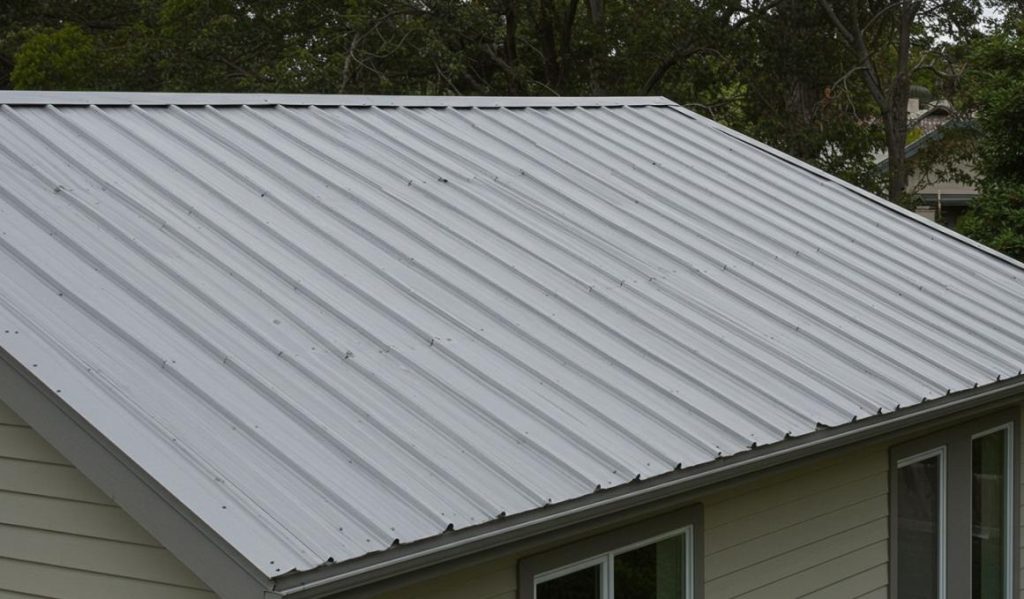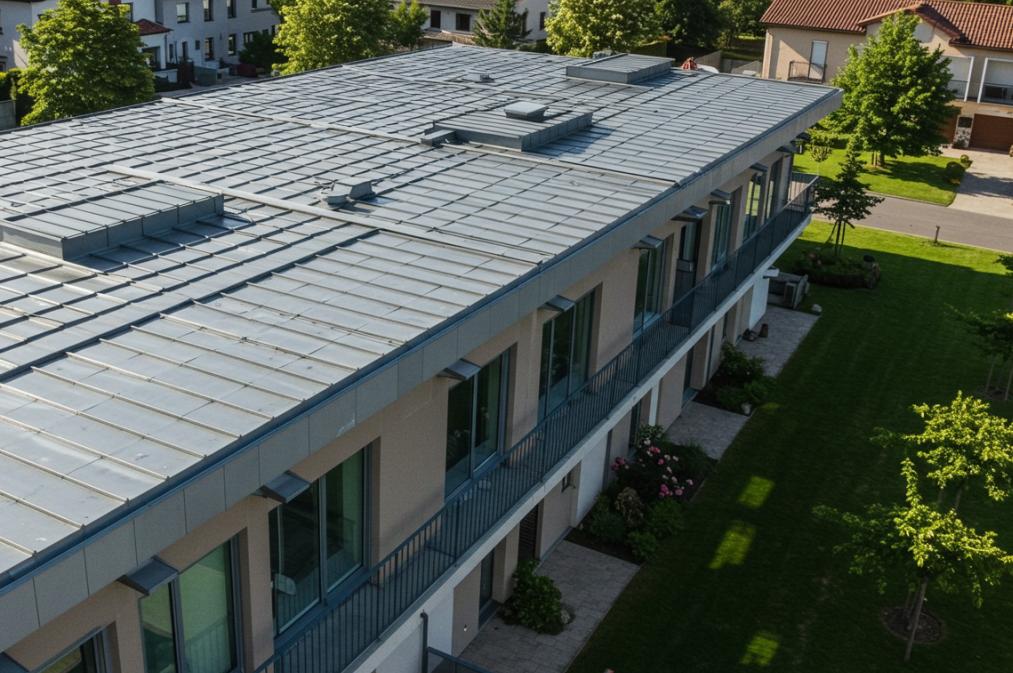
Strengthen Your Roof: The Benefits of Aluminum Edging
Strengthen Your Roof with innovative aluminum edging that enhances durability and adds a sleek aesthetic to your home. As one of the lightest roofing materials, aluminum offers an impressive strength-to-weight ratio that resists rust and corrosion, making it ideal for various climates. With an average lifespan exceeding 50 years, aluminum edging can significantly reduce maintenance costs while adding value to your property.
Why Roofing Material Matters
Choosing the right roofing material is essential for structural reasons, and for energy efficiency, maintenance, and long-term value. While traditional materials like asphalt shingles, clay tiles, and wood have their merits, aluminum edging offers a contemporary solution that meets the demands of modern homeowners.
Whether you’re renovating an existing home or building new, the material you select can significantly influence performance and cost over time. Aluminum’s unique properties position it as a leading choice for roof edging, especially in environments where durability and weather resistance are key.
Why Choose Aluminum Edging?
Aluminum edging is recognized for its high strength-to-weight ratio, which allows for easy installation without compromising resilience. At roughly 5 pounds per square foot, it is much lighter than steel or copper, reducing stress on the overall roof structure. This lightweight feature not only simplifies handling during installation but also reduces labor costs.
More importantly, aluminum naturally resists corrosion, even in areas exposed to moisture, heavy rainfall, or salty coastal air. Unlike steel, which can oxidize and rust without proper treatment, aluminum forms a protective oxide layer that prevents degradation over time.
Benefits of Aluminum Edging
The advantages of using aluminum edging extend beyond mere weight considerations. From its durability to its environmentally friendly nature, this material has various benefits that make it an excellent investment for your home.
1. Exceptional Durability
One of the primary advantages of aluminum is its longevity. While traditional options may deteriorate due to rust, moss growth, or thermal expansion, aluminum maintains its structural integrity for decades. In fact, aluminum roof edging can last 50 years or more with minimal upkeep, making it an ideal option for long-term homeowners.
2. Energy Efficiency
Aluminum has reflective properties that help keep your home cooler during warmer months. Unlike darker roofing materials that absorb sunlight and increase indoor temperatures, aluminum reflects up to 95% of solar radiation, helping to stabilize indoor conditions and reduce energy consumption. Homeowners may experience up to 20% savings on cooling and heating costs by installing aluminum elements on their roof.
3. Environmentally Friendly
Sustainability is an increasing priority in home construction and renovation. Aluminum is a highly recyclable material, with most roofing-grade aluminum containing up to 95% recycled content. Choosing aluminum edging not only reduces landfill waste but also conserves natural resources, lowering your home’s overall carbon footprint. Additionally, aluminum is fully recyclable at the end of its life cycle, contributing to a circular economy.

Aluminum vs. Other Roofing Materials
Here’s a quick comparison to highlight how aluminum edging stacks up against other common materials:
| Material | Weight (lbs/sq. ft.) | Corrosion Resistance |
|---|---|---|
| Aluminum | ~5 | Excellent |
| Steel | ~10 | Poor to Moderate (depends on coating) |
| Copper | ~9 | Good, but costly |
Ideal Applications for Aluminum Edging
Aluminum edging is suitable for most residential and commercial roofing projects, but it performs especially well in:
- Coastal or humid regions, where salt and moisture can accelerate rust in other metals.
- Homes with low- to moderate-slope roofs (e.g., 3:12 or greater), ensuring effective water runoff and drainage.
- Eco-conscious construction projects that prioritize sustainability and energy efficiency.
Installation Tips
One of the standout features of aluminum edging is its ease of installation. Lightweight and flexible, it requires fewer specialized tools and less manpower compared to heavier materials. However, for best results, professional installation is recommended to ensure correct alignment, adequate water drainage, and proper sealing around joints and edges.
Working with a licensed contractor can also help avoid common issues such as poor ventilation or misaligned flashing, which can compromise the roof’s performance.
Maintenance and Longevity
Maintenance is minimal with aluminum edging. While the surface may develop a dull gray patina over time, this is a natural oxidation process that does not affect structural integrity. To keep your aluminum edging in optimal condition:
- Inspect annually for any dents, debris buildup, or detached fasteners.
- Clean with mild soap and water to remove stains or accumulated dirt.
- Touch up any protective coatings if applied during installation.
- When properly maintained, aluminum edging can last well beyond its 50-year benchmark, offering long-term peace of mind.
Aluminum edging is a durable, sustainable, and cost-effective solution for homeowners looking to improve their roofing systems. With its resistance to corrosion, lightweight composition, energy-saving benefits, and minimal maintenance requirements, it’s a smart investment that pays dividends in both performance and value.
If you’re considering upgrading your roof or starting a new project, consult with a professional roofing specialist, like Durham Region Roofing Ltd., to explore whether aluminum edging is the right choice for your home.
